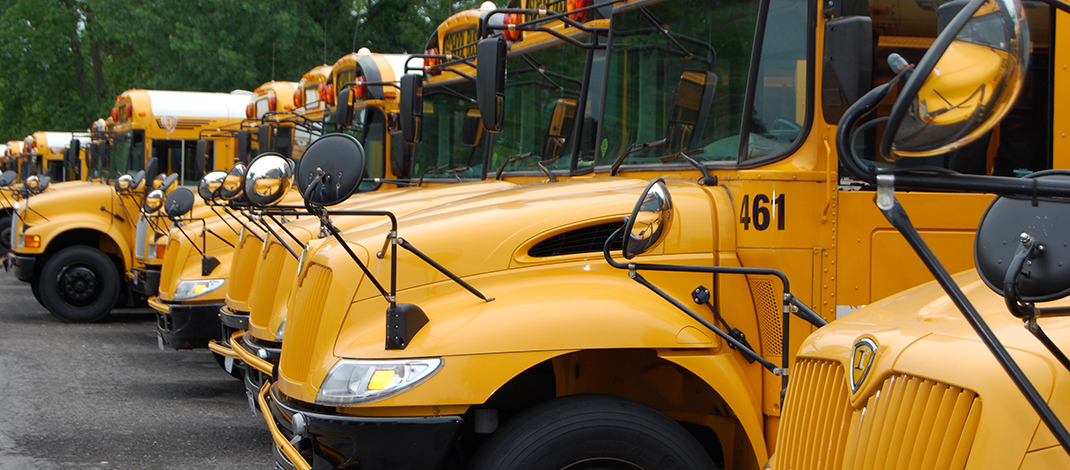By Mary Beth Roach
Many school districts nationwide are grappling with bus driver shortages. The situation in Oswego and Onondaga counties appears to be a mixed bag, with some districts having enough drivers to meet their needs. But, at least one bus company is feeling the impact of the shortage.
Representatives from those districts able to keep their driver positions filled said that it is due, in part, to paid training, successful job fairs and in some cases, bonuses and incentives.
First Student Inc., a nationwide company that services nine districts in the area, offers a paid training and free classes to help you get potential drivers their permits, according to Robin Hansen, the lead Central New York regional recruiter. Under her purview are several districts in Central New York, the Southern Tier and the North Country, including elementary schools in the Syracuse City School District; the Auburn City School District; as well as the Skaneateles; Binghamton; Watertown and Indian River districts.
She pointed out that this is a whole process that includes drug screening and some districts require that they do their own interviews before they hire a driver.
While the Central Square School District contended with a driver shortage during the COVID-19 pandemic, it has been able to bounce back, according to Superintendent Tom Colabufo. Job fairs and paying drivers for their training time have helped them address the issue, he said, but quickly added that they could still use drivers as substitutes. Eighty buses, along with smaller vehicles, cover the 200-square-mile district, transporting 3,700 students.
There is no shortage at the North Syracuse Central School District, one of the largest districts in the area, according to Don Keegan, associate superintendent for business services. He noted that the district has been successful in finding drivers and attendants — and job fairs have helped. He further explained that “competitive pay, a centrally located district, good hours and excellent training and support” attract drivers. The district has about 7,500 students on 150 buses, which includes routes plus extracurricular activities.
At the West Genesee School District, there has been a $1,000 signing bonus for new drivers and a $1,000 referral bonus for members of the transportation department, according to David Bills, district superintendent. In addition, the district reimburses new drivers for the hours of training that are required prior to service.
The district covers 41 square miles, with 75 drivers on 79 runs and some potential drivers are currently in training, Bills noted. There are approximately 4,000 students in the West Genesee district that utilize bus transportation.
Patrick Kinane, president of Golden Sun Bus Service, said that they have about 43 drivers to provide service to the approximate 3,300 students in the Fulton City School District. The school district, itself, has some transportation vehicles. Kinane said he has utilized retention bonuses and other incentives to keep his drivers.
The need for drivers is not a new issue. However, the pandemic has factored into making the situation worse.
“It’s been an ongoing industry problem for years. COVID-19 amplified it, Kinane said. People decided not to come back to work following the pandemic, he added.
Kinane also pointed out that policies and regulations instituted by state and federal governments over the last eight years have had an impact as well. While these rules have “have been done in the best interest of safety,” they have added to the challenge, he said.
The “pandemic put everybody in a tailspin,” Hansen said, adding that many of the drivers are retirees and were very concerned about their health and opted not to return.
Bills suggested that one reason for the shortage could be the “unique skill set” required for drivers.
“It is a special person who can manage the responsibilities of the highest levels of safety, the intricacies of routes and navigate the challenges of weather and driving conditions…while doing so on a large vehicle. These same individuals also maintain relationships with children and families, while familiarizing themselves with the schedules and nuances of each location of boarding for the trip to school and delivering home at the end of the day,” he noted.
Bills suggested that anyone interested in driving or working in transportation should contact their local school district.
“Working with and supporting the children in your community is very rewarding,” he said.
Similarly, Hansen sees it as community service — “We have to have positive energy people.”



